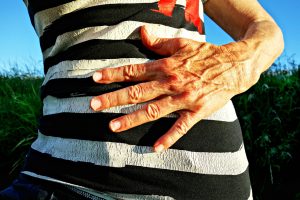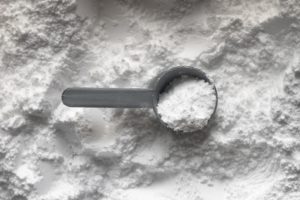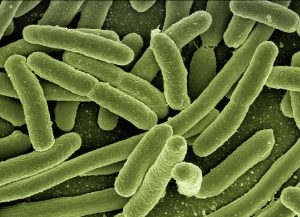Natural Treatments for Hemorrhoids
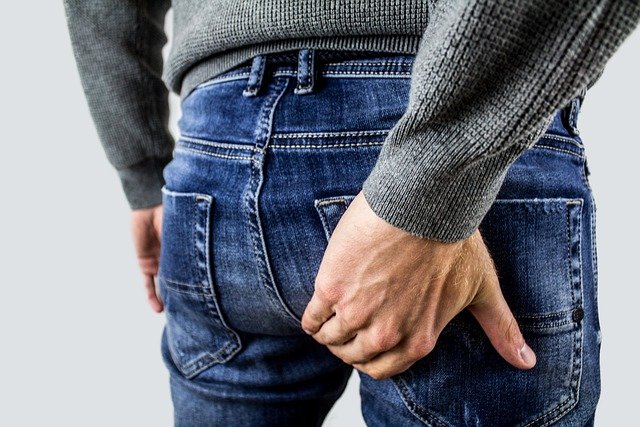
Hemorrhoids are often an uncomfortable topic. In fact, one of the more commonly shoplifted items from grocery and drug stores is hemorrhoid cream. Yet hemorrhoids are quite common and often cause considerable suffering.
While also called piles, hemorrhoids are swollen and inflamed veins that are present either on the exterior of the anus or inside the rectum. They can itch, burn and bleed, depending on the severity. A study out of Austria suggested that almost 40% of adults being screened for colon cancer had hemorrhoids (Riss 2012). In the United States, estimates suggest that 50% of the population over age 50 has experienced hemorrhoids (Ratto 2018). Hemorrhoids are the most common cause of lower gastrointestinal bleeding that can range from mild to severe. In severe cases, due to infection or excessive bleeding, hemorrhoids can become a medical emergency that needs to be treated without delay. Fortunately, most cases of hemorrhoids are not a medical emergency and can be treated at home.
Considering how common hemorrhoids are, it’s somewhat surprising how poorly understood the condition is. While typically associated with constipation, research doesn’t necessarily support the connection (Johanson 1994). The most well-established risk factor for hemorrhoids is being overweight. Pregnancy can also increase the risks for developing hemorrhoids.
Four Potential Underlying Causes of Hemorrhoids
Our current best understanding of hemorrhoids involves a number of potential causes: the slow descent of tissues around the anus due to trauma from hard stools, blood flow changes, increased pressure and rectal prolapse.
Descent of Tissues Over Time
Hemorrhoids extend from “pillows” of soft tissue that help the anus to close. Hard or large stools may, over time, tear the tissue underlying these “pillows” causing them to extend downwards and enlarge (Thomson 1975). Inflammation and poor connective tissue formation both appear to potentially contribute to the process of hemorrhoid formation.
Blood Flow Changes
Blood flow to hemorrhoids also appears to be disturbed in some cases, with a higher inflow from arteries and increased back pressure from the venous system. This combination increases internal pressure on the hemorrhoids causing them to swell (Lohsiriwat 2012).
Higher Pressure
Higher pressure inside the rectum can also cause more back pressure, increasing a propensity for hemorrhoid development (Sun 1992). Generally, individuals with chronic constipation or those who have trouble passing stools regularly have higher pressure levels in the recturm.
Rectal Prolapse
In a subset of patients, circumferential hemorrhoids or hemorrhoids that encircle the anus may be caused by overall rectal prolapse where the rectal tissue is not well attached and starts to descend (Lohsiriwat 2012). In cases of true rectal prolapse, surgery is typically recommended to resolve the symptoms.
Potential Natural Treatments
Recognizing the causes can help to identify potential treatment strategies. While the connection between constipation and hemorrhoids has been questioned, if an individual with hemorrhoids is struggling with constipation, it is still well worth treating. I’ve discussed natural treatment options for constipation previously here.
Horse Chestnut (Aesculus hippocastanum)
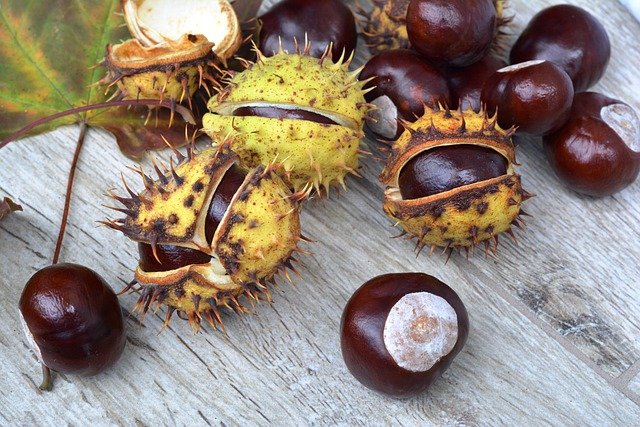
The herb horse chestnut contains a compound called aescin. This compound has tonifying effects on blood vessels which may help to treat and prevent further connective tissue damage and progression of hemorrhoids. Overall, extracts of the plant also have anti-inflammatory properties which help to decrease swelling and inflammation (Ezberci 2018).
In Germany, horse chestnut is approved as a treatment for chronic venous insufficiency which often presents as swelling in the feet (Bassler 2003). Hemorrhoids could be considered a form of venous insufficiency, just in a different location. A study on the active ingredient in horse chestnut, aescin, dosed at 40 mg three times daily for two months significantly reduced hemorrhoidal symptoms in almost 82% of treated patients as compared to 32% in the placebo group (Sirtori 2001).
Butcher’s Broom (Ruscus aculeatus)
Similar to horse chestnut, butcher’s broom has a long history of use for treating hemorrhoids and has found benefits in treating chronic venous insufficiency (Vanscheidt 2002). An open-label study of a product that contained butcher’s broom with hesperidin methyl chalcone (a flavonoid found in some plants) and vitamin C also found benefits. In the study, 69% of patients with hemorrhoids rated the efficacy of treatment with butcher’s broom as good or excellent (Abascal 2005).
Flavonoids (Diosmin and Others)
Often the compounds that give plants their striking colors, flavonoids are also known to provide antioxidant and anti-inflammatory effects (Soheila 2019). A flavonoid mixture (diosmin, troxerutin and hesperidin) or placebo was given to patients suffering from hemorrhoids. Over the 42 day treatment, 88% of patients treated with oral flavonoids had progressive pain reduction as compared to 56% in the placebo group (Giannini 2015).
A separate study out of China on micronized flavonoids (diosmin and hesperidin) for acute hemorrhoids also found benefits. After seven days of treatment, pain, itching and bleeding were all reduced more significantly with flavonoids than with placebo treatment (Jiang 2006).
An earlier trial of just diosmin in patients with hemorrhoids found that pain and bleeding were reduced in 98% and 86% of patients respectively by week two of treatment (Diana 2000). Taken orally, side effects were minimal and the treatment was well tolerated.
Pine-Bark Extract
Another rich source of flavonoids is pine-bark extract. And, not surprisingly, a recent study found benefits from taking pine-bark extract for hemorrhoids. While oral treatment alone was helpful, when combined with a topical pine-bark extract patients recovered significantly faster (Belcaro 2010).
For pregnancy-induced hemorrhoids, oral pine-bark extract combined with standard care was also better than standard care alone. In less severe cases, after six months, 75% of patients were symptom free with pine-bark extract as compared to 56% with placebo. In more severe cases, 70% of patients were symptom free as compared to 36% on placebo (Belcaro 2014).
Topical Treatments
Topical treatments can also help bring relief. Any of the herbs discussed, among others known to help with topical healing, can be used in combination as a cream or gel to promote healing. Like the improved results seen with pine-bark extract, combining oral and topical treatments will probably yield the fastest response.
Conclusion
Hemorrhoids are a common and painful problem that respond best when treated to prevent them from progressing to the point of needing surgical intervention. A number of natural treatments appear to hold promise in reducing symptoms and improving outcomes. Horse chestnut, butcher’s broom, flavonoids and pine-bark extract all have at least some data supporting their efficacy for helping to improve symptoms.

